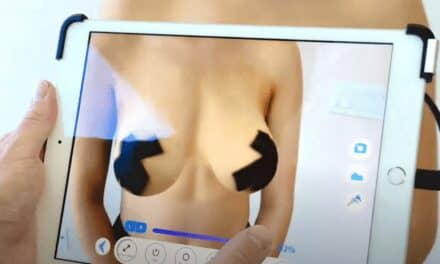Treatment for breast cancer can bring many unintended and potentially unpleasant side effects. One of the more common side effects of surgery for breast cancer is lymphedema. If you’ve had a lumpectomy or mastectomy, your doctor may have also removed some lymph nodes from the axilla area, essentially the armpit. This is a standard means of checking whether the cancer has spread, and sentinel lymph node biopsies and axillary lymph node dissections are common procedures for breast cancer patients.
However, after these surgeries some patients will develop lymphedema – an uncomfortable, chronic condition in which lymph fluid collects at the site of removed lymph nodes. Lymphedema causes swelling that can limit your limb functionality. The Memorial Sloan Kettering Cancer Center reports that about 15 to 25 percent of patients who’ve undergone an axillary lymph node dissection will develop lymphedema. The National Cancer Institute reports patients who’ve undergone sentinel node biopsies have a 5 to 17 percent risk of developing lymphedema.
Lymphedema can develop any time after your treatment has concluded, so you’ll always have to be vigilant for symptoms – a heaviness or tightness in the limb, swelling and discomfort in the arm on the same side where your breast cancer surgery occurred. Current treatment protocols include decongestive therapy, lymphatic massage and compression therapy, all of which help move the fluid beyond the point of blockage. Most patients will achieve some level of symptom reduction using these methods. But for patients who don’t see improvement or those who have severe cases of lymphedema, surgical procedures may be recommended.
Breastcancer.org reports that surgery for breast cancer–related lymphedema “is considered experimental and isn’t widely available.” Surgical procedures can include liposuction of the affected limb, vascularized lymph node transfer and lymphovenous bypass. Breastcancer.org reports that “surgery is viewed as an option of last resort for severe lymphedema that does not respond to treatment.” However, a few plastic surgeons are using surgery as a tool to deal with severe lymphedema that doesn’t respond well to other management approaches, and developments in the field could lead to wider use of these techniques in the future.
Currently, it seems lymph node transfer surgeries hold the most promise for reducing the volume of fluid build up in the limb.




